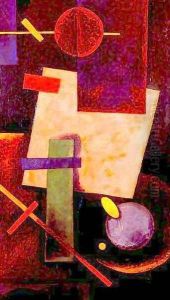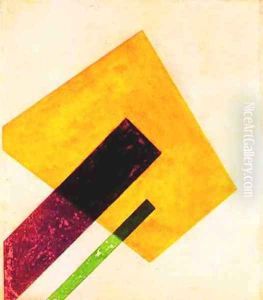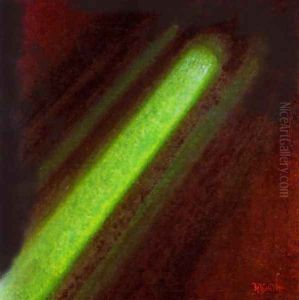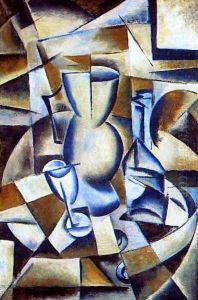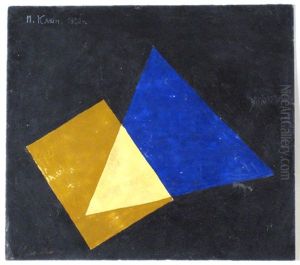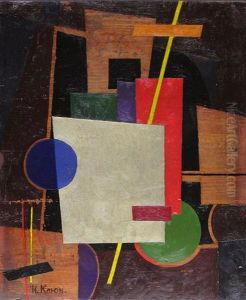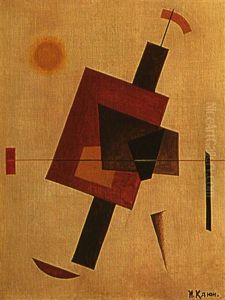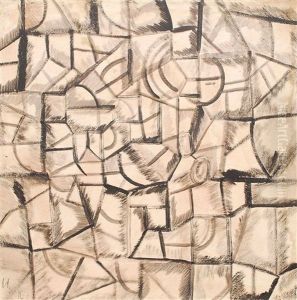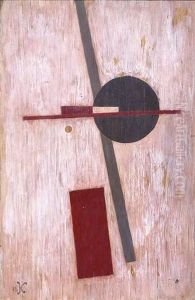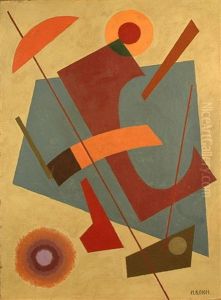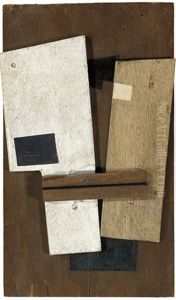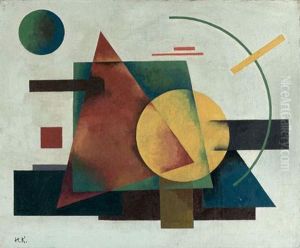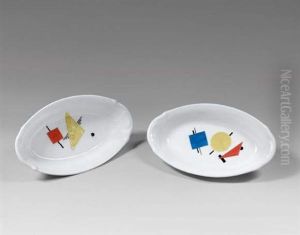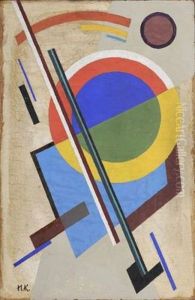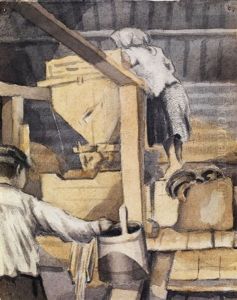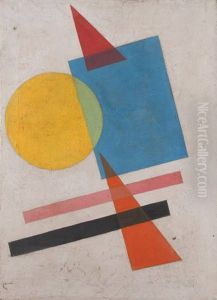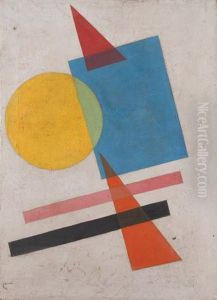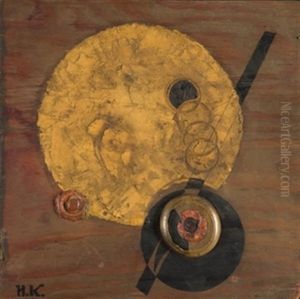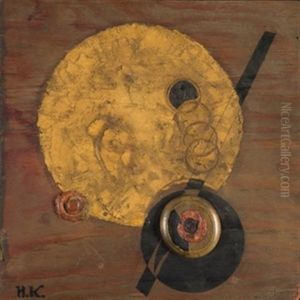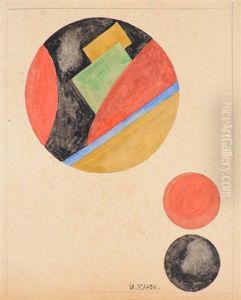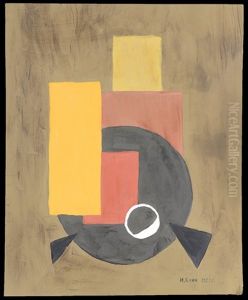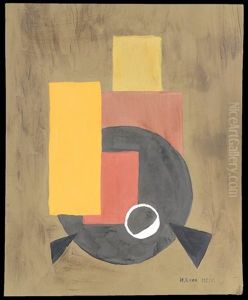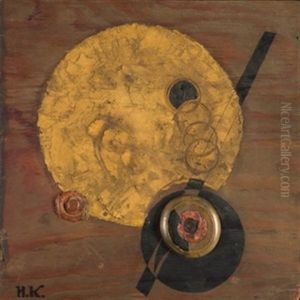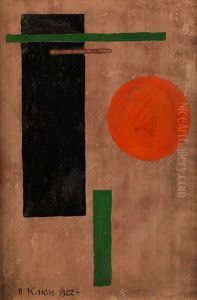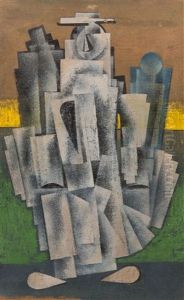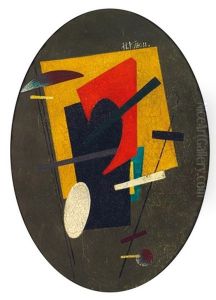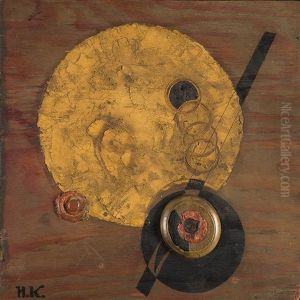Ivan Kliun Paintings
Ivan Vasilyevich Kliun, born on August 1 (O.S. July 20), 1873, in Bolshie Gorki near Moscow, Russia, was an important Russian avant-garde artist, who contributed significantly to the development of abstract art in Russia in the early 20th century. Kliun began his artistic journey as a self-taught artist, and his early work was influenced by Impressionism and Post-Impressionism. He later became immersed in the burgeoning Russian avant-garde movement, which sought to break away from traditional art forms and explore new artistic languages.
Kliun moved to Kiev in his early years and later to St. Petersburg, where he attended the studio of the famous Russian artist, Ilya Repin. He also studied at the Drawing School of the Society for the Encouragement of the Arts. Kliun’s work went through various phases, reflecting the complex evolution of Russian art during this period. Initially influenced by Symbolism, he later embraced the Cubo-Futurist movement, which combined the fragmented forms of Cubism with the dynamic energy of Futurism.
During the 1910s, Kliun became closely associated with Kazimir Malevich and other avant-garde artists, joining the Supremus group. This connection deeply influenced his work, leading him towards Suprematism, an art movement focused on basic geometric forms and a limited range of colors, pioneered by Malevich. Kliun's own experimentation with Suprematism is evident in his works from this period, characterized by the use of bold geometric shapes and a stark palette that aimed to convey the supremacy of pure artistic feeling over the depiction of objects.
After the October Revolution in 1917, Kliun continued to work within the Soviet system. He became a member of the Institute of Artistic Culture (INKhUK) and taught at the Higher Art and Technical Studios (VKhUTEMAS) in Moscow. Despite the increasingly difficult political climate for avant-garde artists in the USSR during the 1920s and 1930s, Kliun managed to continue his creative endeavors, although his style became somewhat more representational, aligning with the state's preference for more accessible art forms.
Ivan Kliun's contributions to the field of abstract art were significant, and he continued to produce art until his death on December 13, 1943, in Moscow. Although his work was largely overlooked during the Soviet era, posthumous exhibitions and research have since recognized Kliun's role in the Russian avant-garde and his importance in the development of abstract art.
